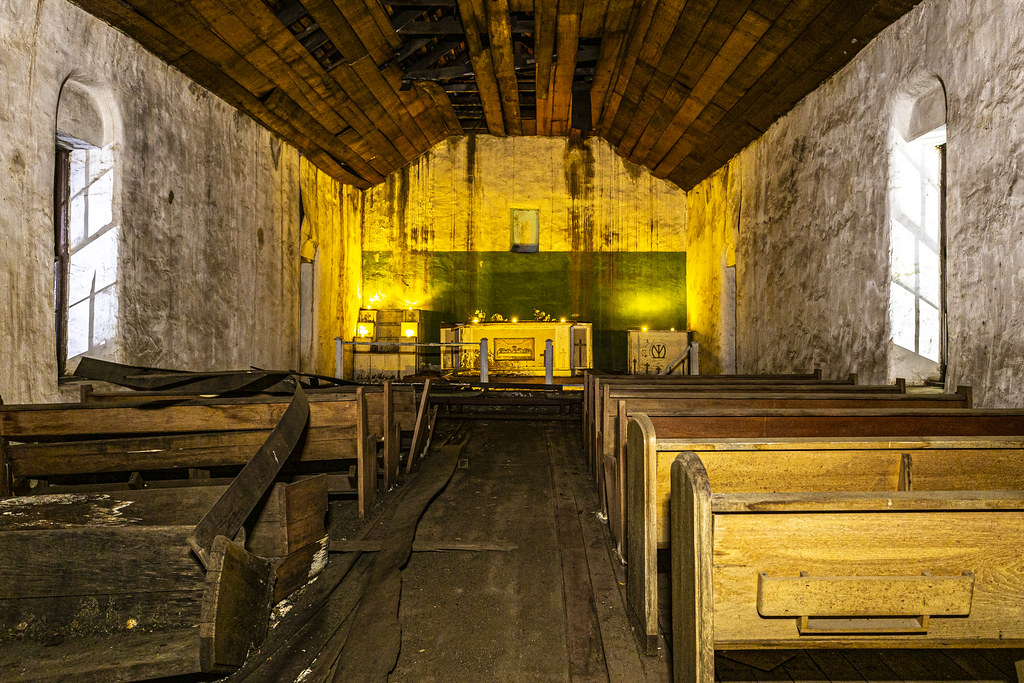In Franklin Delano Roosevelt’s inaugural speech, he told the American people that “the only thing we have to fear is fear itself.” The country was enduring a major economic crisis and would soon face the threat of fascism encircling the globe, but Roosevelt managed to communicate something about fear. Fear itself can sometimes be more threatening than individual threats. That is often true within the church, where we seem to find something new to be afraid of every few years. Right now the worry is “deconstruction.”
Login to read more
Sign in or create a free account to access Subscriber-only content.
Topics:
